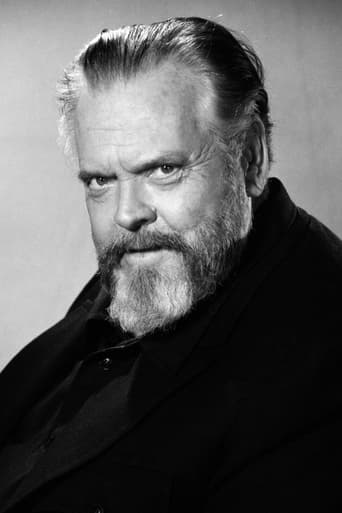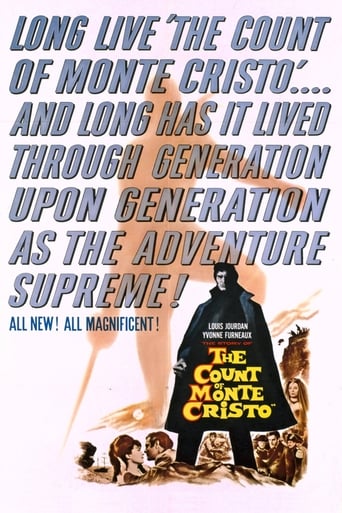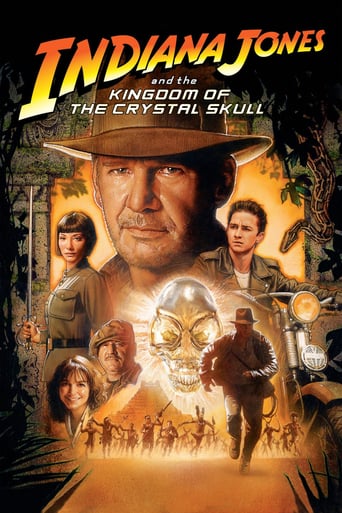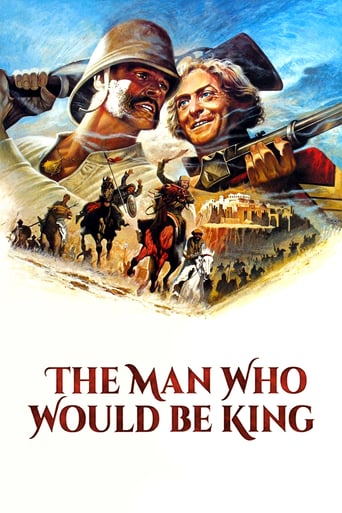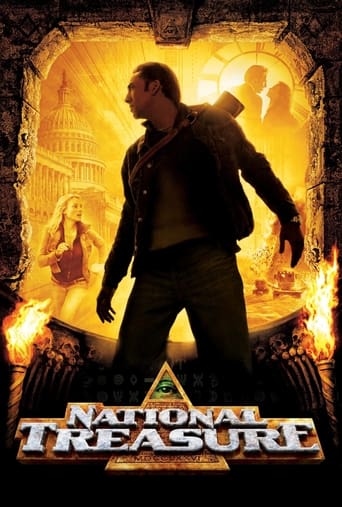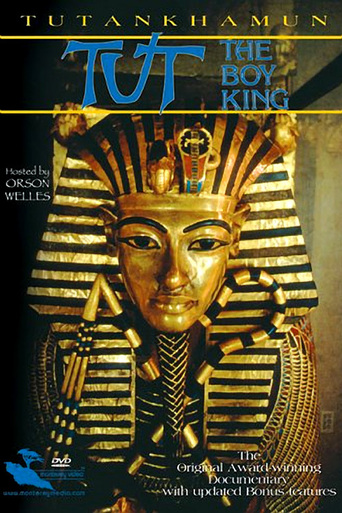
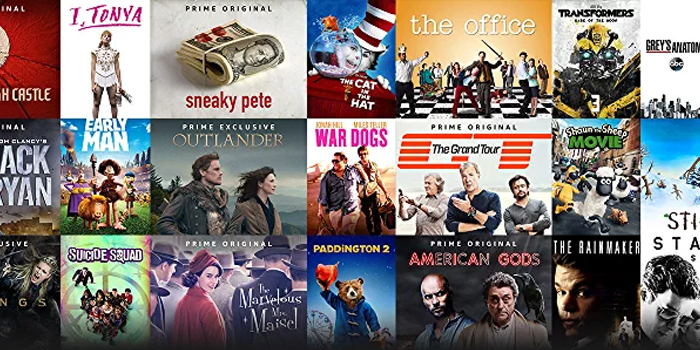
Tut: The Boy King (1978)
Review the discovery of Tutankhamun's tomb by Howard Carter in 1922 with archival photographs and reviews the highlights of the treasure trove with anecdotal stories and conjecture about the Boy King's life and death.
Watch Trailer
Cast
Similar titles
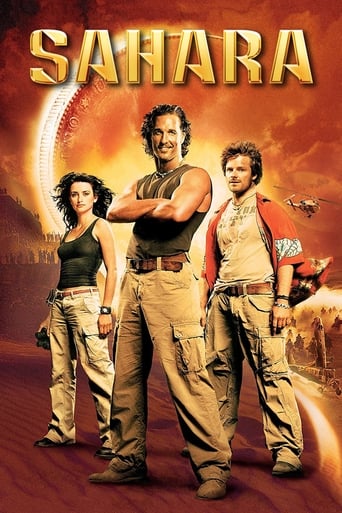
Reviews
hyped garbage
This is a coming of age storyline that you've seen in one form or another for decades. It takes a truly unique voice to make yet another one worth watching.
While it is a pity that the story wasn't told with more visual finesse, this is trivial compared to our real-world problems. It takes a good movie to put that into perspective.
Through painfully honest and emotional moments, the movie becomes irresistibly relatable
This documentary originally aired on NBC on the evening of Wednesday, July 27, 1977. It was filmed in Galleries G-8 through G-19 in the West Building of the National Gallery of Art in Washington, D.C., where the exhibition "The Treasures of Tutankhamun" was housed from November 17, 1976 through March 15, 1977. The Tut exhibit was actually in Chicago when this program was broadcast.Personally, I find the camera-work and editing of TUT: THE BOY KING to be fairly standard and functional. As promised, we do indeed get "often microscopic views" of the ancient treasures, "with far more definition, there in your living room, than you would at a museum." And of course, the artifacts are marvelous. From a purely visual standpoint, a favorite moment in the program is just before the 30-minute mark, the close-up of the Selket statue, her face. The lighting here is superb, and the erotic sorrow of the goddess is breathtakingly captured by the camera.The music, an original score, was composed of course by renown harpist Robert Maxwell. Among Maxwell's other achievements are the 1946 song "Shangri-La" (lyrics by Carl Sigman) and "Ebb Tide" from 1953 (lyrics again by Carl Sigman). Altogether the soundtrack is good, but I find that the music often aggravates the sentimentality in which this program too often indulges. The problem isn't the music, but rather the script and decisions made in post-production.As far as the way TUT: THE BOY KING is written, it is a very mixed bag. First, the words seem to have been crafted perfectly for Orson Welles, the narrator and host. One has to wonder how much influence Mr. Welles had on the script, as the words flow so naturally and with such apparent depth of feeling. But herein lies a problem, as the script revolves too much around the romantic notion of "the boy king." There are far too many references to his age, early death, and young wife Queen Ankhesenamen. It all starts to feel overdone and maudlin by the end. But at least it's interesting, nowadays, from a pop-culture perspective; it is this very romance that helped make "The Treasures of Tutankhamun" the blockbuster exhibit that is still remembered to this day.If you are interested in the details of King Tut's life, the facts surrounding the discovery of his tomb, you will be disappointed by this documentary. Yes, there are interesting facts dropped here and there, but altogether information is withheld and distorted to further the romantic and -- dare I say? -- profitable image of "the boy king." For example, the incest (Ankhesenamen was probably Tut's half-sister) and turmoil (Atenism) of the eighteenth dynasty are avoided at all costs. The "curse" is mentioned in this program, but all references are irrelevant, brief, and almost comically unnecessary. One can almost hear some NBC executive demanding that the curse be mentioned; the filmmakers themselves were, perhaps rightly, uninterested in the subject, and it shows.The true joy derived from this program comes from the beautiful artifacts, of course, and from the stunning narration provided by the immortal Orson Welles. Welles narrated several documentaries in his later years, but personally I believe this stands as his finest effort as a host and narrator. All you have to do is watch THE MAN WHO SAW TOMORROW and SEARCH FOR THE TITANIC to see that there is a little something extra, a magic, he brought to this particular program. For me, the two best parts of TUT: THE BOY KING are in the beginning, before the whole "boy king" thing becomes too tired ("What is it about young boys that's so disarming?"), and near the end ("Egyptians believed in a world somewhere to the west. And this new land would be like Egypt in every way . . .").For sure, TUT: THE BOY KING stands up well to multiple viewings. No, it's not the kind of show that young kids and teens will likely warm up to, but there's something about it that stays with the attentive viewer. And if you're like me, after watching this program, you will long for the days when TV documentaries bordered on the artistic. If you don't think TUT: THE BOY KING is a good program, try watching the more-recent National Geographic documentary KING TUT'S FINAL SECRETS. After about twenty minutes of the DJ/narrator trying to keep your attention by asking question after question -- "Was King Tut murdered?" -- you'll see what I mean.Oh if only someone would clone Orson Welles!
This DVD is only worth seeing (and hearing!) because of Orson Welles lyrical voice and W.W. Lewis' text. The original video must have been in an almost pre-dynastic state for all the colours are washed out and the production suffers from an "artsy" approach that the treasures of Thutanchamun didn't need, and didn't deserve.But Orson Welles alone, and those glorious lyrical texts, nay, almost a hymn sung to this enigmatic boy-king, is worth the trouble! How fascinating it is to discover that Welles is capable of bringing this ancient little king to life in words and sounds (and the music isn't bad either!) while the visuals fail miserably. And that's a sin, considering the artistic wealth of these treasures. Sound over sight, so typical for Orson!
